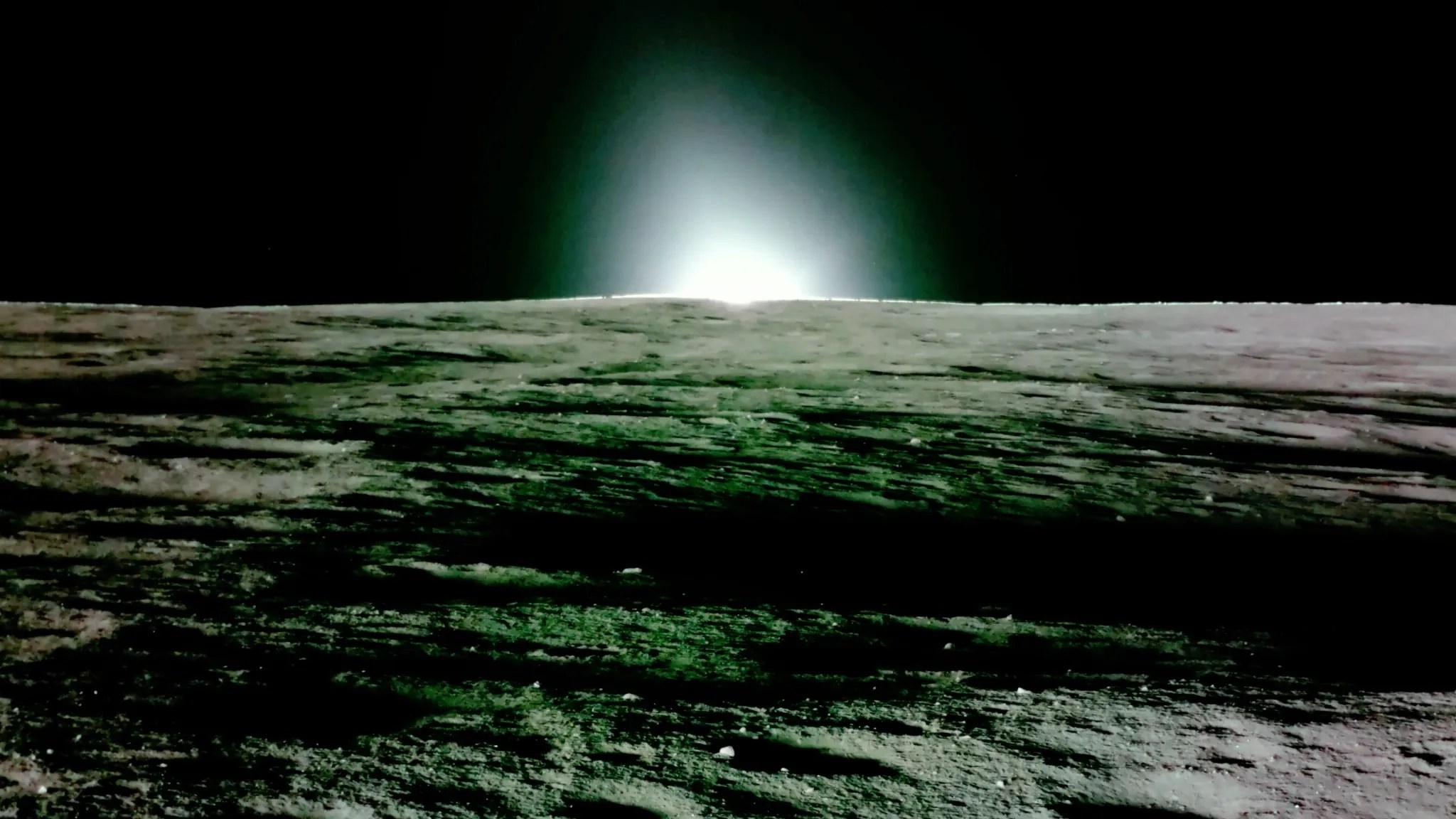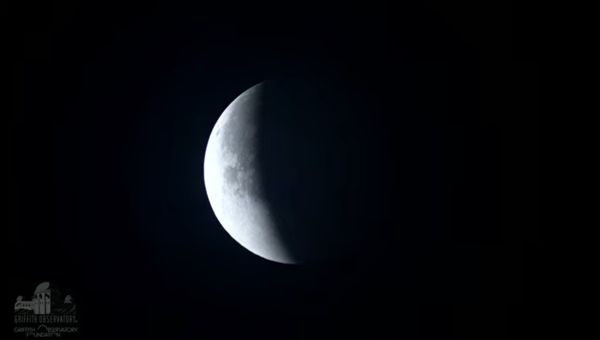When you buy through links on our site , we may earn an affiliate commission . Here ’s how it work .
scientist are creating eye - pop newfangled vista of the moonlight in 3D with the help of a prolificNASAlunar investigation currently orbiting Earth ’s nearest neighbour .
The new three-D moonlight pictures were assembled from photos snapped by NASA ’s Lunar Reconnaissance Orbiter , which has been snapping high - resolution view of the moon ’s surface from lunar orbit since 2009 . The space vehicle does not have a two-channel television camera alongside to take 3D anaglyph images ofthe moon , but scientist were able-bodied to stitch together photos of the same region — taken from different angles and orbit — to artificially create the three - dimensional lunar views .

This new 3D image of the moon was created by using images of the same spot of the lunar surface taken from different angles by NASA’s Lunar Reconnaissance Orbiter. It shows the Korolev lobate scarp, a type of cliff mostly found in the moon’s highlands. Image released Sept. 25, 2012.
“ anaglyph are used to better translate the 3Dstructure of the lunar surface , ” said Sarah Mattson , a scientist with the University of Arizona and Arizona State University squad that cook up the newfangled moon photo proficiency , in a command . “ This visualization is highly helpful to scientist in understanding the sequence and structures on the Earth’s surface of the moon in a qualitative means . ”
Mattson will present the 3D lunar month photo labor to scientist at the one-year European Planetary Science Congress in Madrid on Tuesday ( Sept. 25 ) .
Mattson and her team have create one C of three-D views frommoon pic by the Lunar Reconnaissance Orbiter . The artificial satellite ’s narrow angle camera can only detect the lunar month from one slant at a clip , so the researchers developed an robotlike image processing system that combines the photos into anaglyph pictures that can be viewed with stock red - cyan 3D meth .

This new 3D image of the moon was created by using images of the same spot of the lunar surface taken from different angles by NASA’s Lunar Reconnaissance Orbiter. It shows the Korolev lobate scarp, a type of cliff mostly found in the moon’s highlands. Image released Sept. 25, 2012.
The resulting double make feature such as lunation craters , ancient lunar volcanic flows and lava tubes jump out in 3D item , project officials explained . The images will be posted online for public viewing here : http://lroc.sese.asu.edu/
NASA launched the Lunar Reconnaissance Orbiter in 2009 on a mission to map the moon ’s surface in unprecedented detail . The $ 500 million orbiter was work up to seek out potential landing sites for next missions , study the lunar radiation sickness environs and explore for resources such as water ice in the moonshine ’s permanently shadow craters .

This view of the moon shows the vast Janssen K crater in 3D as seen by NASA’s Lunar Reconnaissance Orbiter. It is a roughly 12-kilometer-diameter crater on the floor of the large Janssen Crater. Several debris flows can be seen running down the walls of the crater. Image released Sept. 25, 2012.


















